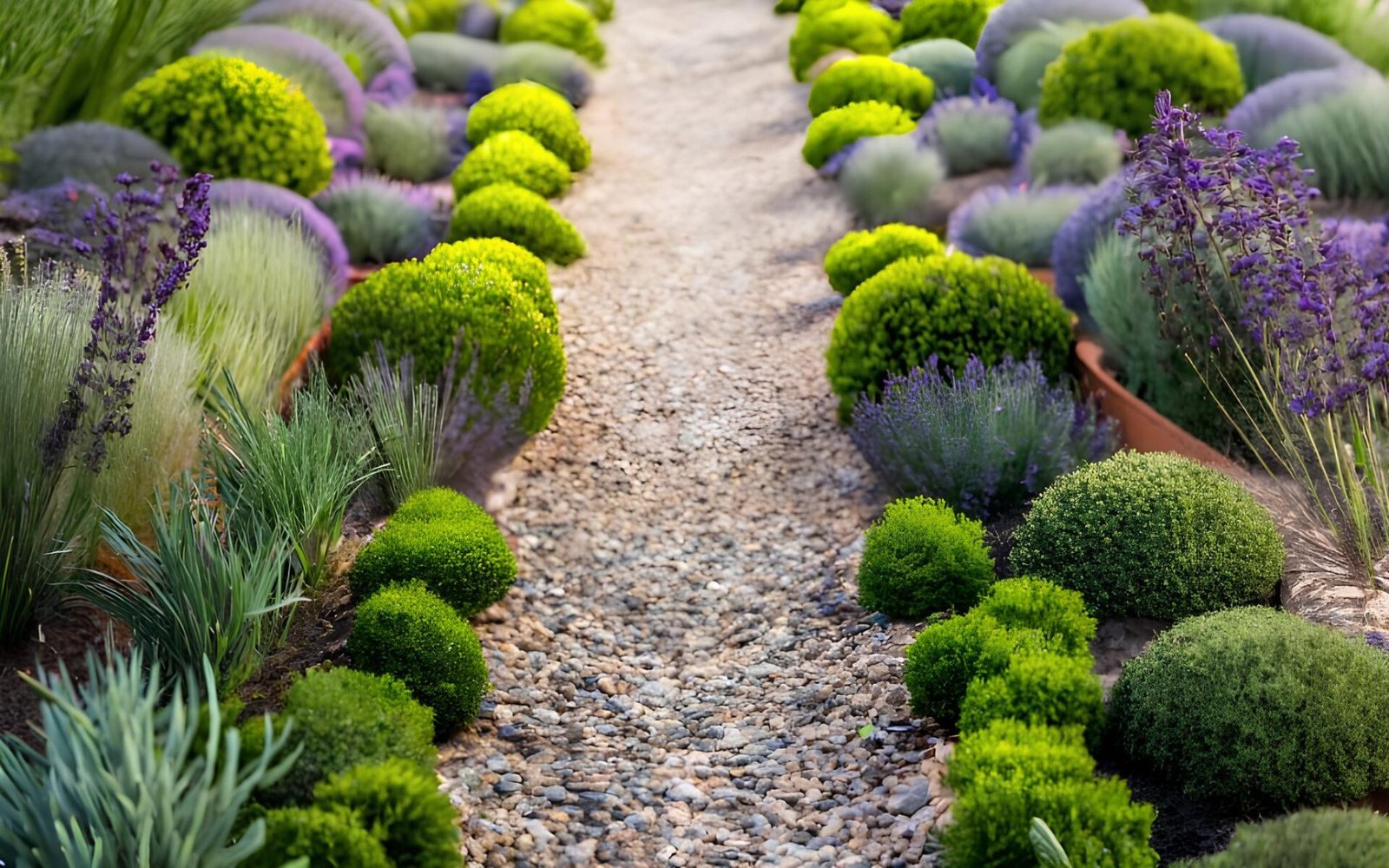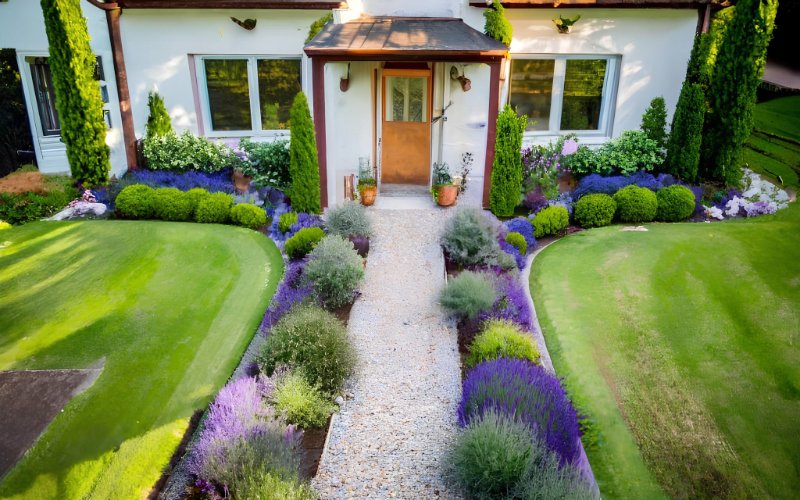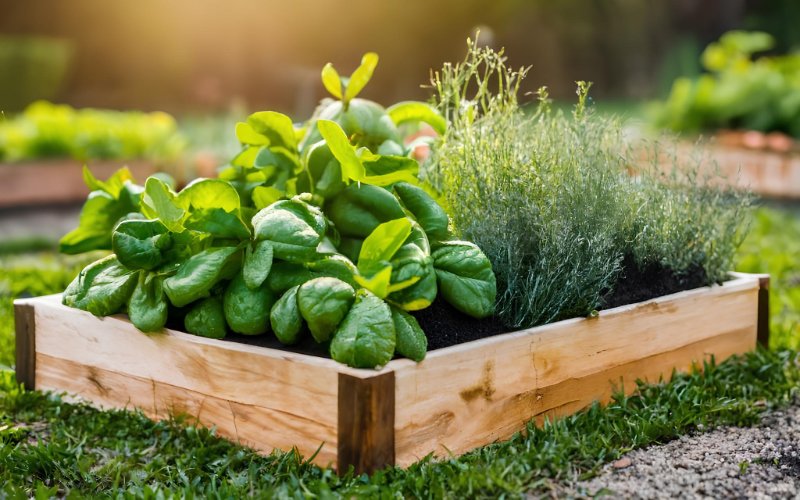Different Herb Garden Design Plans
Being able to make your own herb garden design can really be fulfilling. Herb gardens are usually a different region or area in your garden that is specifically used to grow herbs for certain purposes, such as medicinal purposes, culinary purposes, or botanical purposes. In fact, in one herb garden design, you can incorporate all herbs with different purposes served. An herb garden may either be a formal herb garden or an informal herb garden. Formal herb gardens need more maintenance and meticulous care, while informal herb gardens still need regular and proper maintenance, informal herb garden does not have too much detailed patterns.
Key Points:
- Herb gardens allow you to grow and harvest flavors, fragrances and remedies.
- Key factors like sunlight, drainage and layout should inform the design.
- Formal herb gardens require more maintenance with intricate patterns.
- Informal designs are more accessible for beginner gardeners.
Circular Herb Garden Design Plan
If you are a beginner in making an herb garden design, or if you are really not into gardening before, making a circular herb garden design can be perfect for you. You need to have a middle focal point for your circular herb garden design that has 4 pathways that lead to the middle focal point. Your middle focal point may be a sundial, statue, etc. For the pathways of your circular herb garden design, you can use bricks. Bricks can also be used to edge the circle. The herbs you are going to plant in your circular herb garden design will greatly depend on the most important and useful herbs for you and your family’s usage.
Walkway Herb Garden Design Plan
If you think there is nothing you can do to maximize the edge of your walkway at home, then you are wrong. You can actually make the edge of your walkway into an herb garden. The edge of a walkway is usually level and stable, which makes it a good area to plant your herbs. It is still up to you if what herbs are you going to plant in your walkway. Although most people who have a walkway herb garden design plant kitchen herbs, since having a walkway herb garden can make all herbs very accessible.
Raised Bed Herb Garden Design Plan
Turn a vacant space in your lawn into an herb garden with a raised bed, which can be any size based on the available area. Install and fill the raised bed with quality gardening soil, then transfer herb plants into it. Place taller herbs in the center and more delicate ones along the sides. A raised bed in an open lawn lets you create a tidy, designated herb space with proper drainage and soil. The simple design can work for any gardening level.
With some planning, you can craft herb gardens to fit different shapes and spaces. Keep sun exposure, drainage, and accessibility in mind when deciding on circular, walkway, or raised bed herb garden designs. Choose herbs that will serve your needs and allow enough room for each to thrive.
Conclusion
With proper planning, herb gardens can be designed to suit all kinds of spaces and gardening levels. Consider the sunlight exposure, drainage and accessibility needed for your chosen herbs. Circular, walkway and raised bed styles allow creativity within a simple framework. Incorporate the herbs most useful to you and allow ample room for growth. An artfully designed herb garden can provide a lifetime of joy, satisfaction and bountiful harvests for any gardener.
FAQ
How much sun do most herbs need daily?
At least 6 hours of direct sunlight is ideal for most herb varieties.
What are good companion plants to grow with herbs?
Flowers like lavender, marigolds and nasturtiums pair well with many herbs.
Should culinary and medicinal herbs be separated?
It’s better to group them separately for easier harvesting and care.
How much space between herbs is required?
Leave 12-18 inches between most herbs, up to 2-3 feet for larger plants.
What kind of soil should be used in an herb garden?
Well-draining, slightly acidic soil amended with compost is ideal for most herbs.
How often should an herb garden be watered?
Established herbs need about 1 inch of water per week, adjusting for rainfall.
What are good materials for edging and pathways in herb gardens?
Brick, stone, gravel, wood and metals make attractive, durable edging choices.
Related posts:






